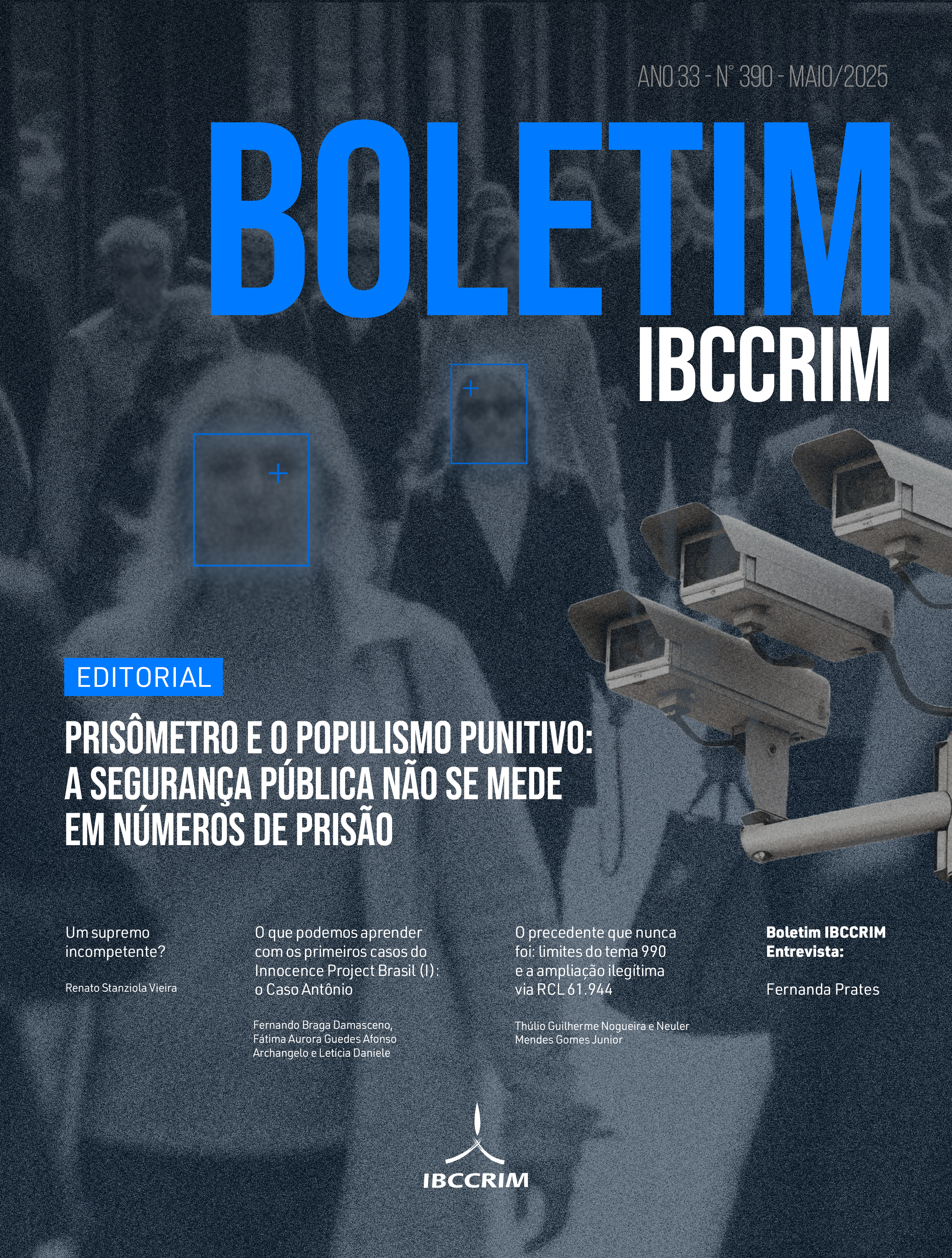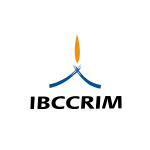The Precedent That Never Was: Limits of Topic 990 and the Illegitimate Expansion Through Complaint 61,944
Views: 6DOI:
https://doi.org/10.5281/zenodo.15262249Keywords:
Precedent of General Application 990, Financial Intelligence Reports, Access to confidential data, “Anti-Crime Package”Abstract
The article analyzes the decision rendered by the First Panel of the brazilian Supreme Court in Constitutional Claim (Reclamação Constitucional – “RCL”) No. 61,944, which quashed the judgment of the Sixth Panel of the Brazilian Superior Court of Justice and validated the request for access to Financial Intelligence Reports (Relatórios de Inteligência Financeira – “RIFs”) of the Council for the Control of Financial Activities (Conselho de Controle de Atividades Financeiras – “COAF”) by authorities in charge of criminal prosecution without judicial authorization. In the analysis, it was concluded that the decision purports to extract from Precedent of General Application No. 990/STF what was not decided therein, authorizing a practice — the request for and obtaining of access to RIFs without judicial authorization — that was not the object of the established thesis and has no legal basis. If the matter discussed was not included in the hypothesis addressed by the Supreme Court in Precedent 990, the RCL would not be admissible and its allowance unduly expanded what the Full Court decided. Furthermore, in this expansion, the Supreme Court adopted mistaken premises regarding an alleged detriment to investigative agility, overriding recommendations, without binding nature, of the FATF over domestic legislation, despite being reconcilable.
Keywords: Precedent of General Application 990. Financial Intelligence Reports. Access to confidential data. “Anti-Crime Package” (“Pacote Anticrime”).
Downloads
References
A decisão da 1ª Turma do STF na RCL 61.944 representa um desvio relevante no sistema de precedentes. Ao aplicar ao caso concreto a tese do Tema 990 — que tratou exclusivamente do compartilhamento espontâneo de dados —, o colegiado validou, sem a devida fundamentação, uma prática que jamais foi objeto de deliberação institucional.
Esse entendimento, sobrepõe recomendações – não imposições – internacionais à legislação infraconstitucional específica e mais recente sobre a matéria, relativiza garantias processuais e rompe com a coerência exigida dos precedentes qualificados.
Diretrizes como as do GAFI devem ser consideradas, mas não podem servir de atalho hermenêutico para suprimir salvaguardas legais previstas no ordenamento jurídico brasileiro.
Diante do cenário de divergência jurisprudencial, impõe-se que o STF e o STJ enfrentem, de modo claro e definitivo, da perspectiva constitucional e infraconstitucional, respectivamente, o verdadeiro ponto controvertido: a legalidade ou não do requerimento direto e sem autorização judicial de acesso aos RIFs por autoridades persecutórias.
Até que a questão seja definitivamente resolvida, incumbe aos atores práticos do processo penal o amadurecimento da discussão, por exemplo sobre os efeitos da superveniência de lei nova (art. 3º-B, XI, “d” e “e”, CPP), posterior ao Tema 990 — e, claro, posterior ao art. 15 da Lei nº 9.613/98, analisado para formulação da tese —, que constitui, literalmente, uma cláusula de reserva de jurisdição para decisões sobre pedidos de acesso a dados sigilosos e outros meios de obtenção de prova que restrinjam direitos fundamentais do investigado (exatamente o que é o RIF).
Referências
ABBOUD, Georges. Precedente judicial versus jurisprudência dotada de efeito vinculante. In: WAMBIER, Teresa Arruda Alvim (Org.). Direito jurisprudencial. São Paulo: RT, 2012, p. 515.
SUPERIOR TRIBUNAL DE JUSTIÇA. Sexta Turma - STJ - 07/05/2024. YouTube, 7 maio 2024. Disponível em: https://youtu.be/IdpFWNOuUK0?t=2706.
SUPREMO TRIBUNAL FEDERAL. Segunda Turma do STF - 29/10/2024. YouTube, 29 out. 2024. Disponível em: https://youtu.be/mUMEPP7NY0s?t=871. Acesso em 1º abr. 2025.
Downloads
Published
How to Cite
Issue
Section
License
Copyright (c) 2025 Thúlio Guilherme Nogueira, Neuler Mendes Gomes Junior

This work is licensed under a Creative Commons Attribution-NonCommercial 4.0 International License.
Copyright of published articles belongs to the author, but with journal rights over the first publication and respecting the one-year exclusivity period. Authors may only use the same results in other publications by clearly indicating this journal as the medium of the original publication. If there is no such indication, it will be considered a situation of self-plagiarism.
Therefore, the reproduction, total or partial, of the articles published here is subject to the express mention of the origin of its publication in this journal, citing the volume and number of this publication. For legal purposes, the source of the original publication must be consigned, in addition to the DOI link for cross-reference (if any).

 Português (Brasil)
Português (Brasil)
 English
English
 Español (España)
Español (España)










